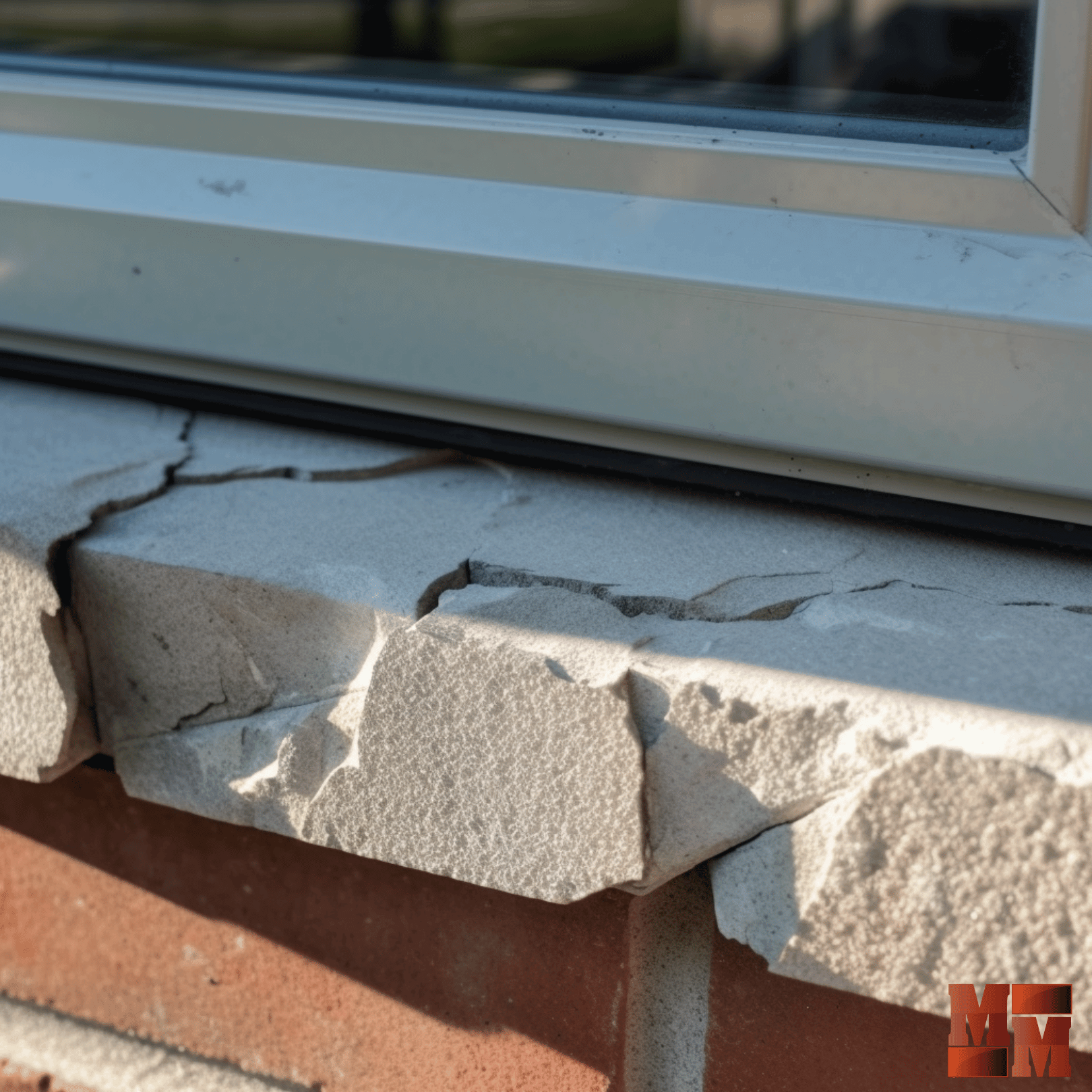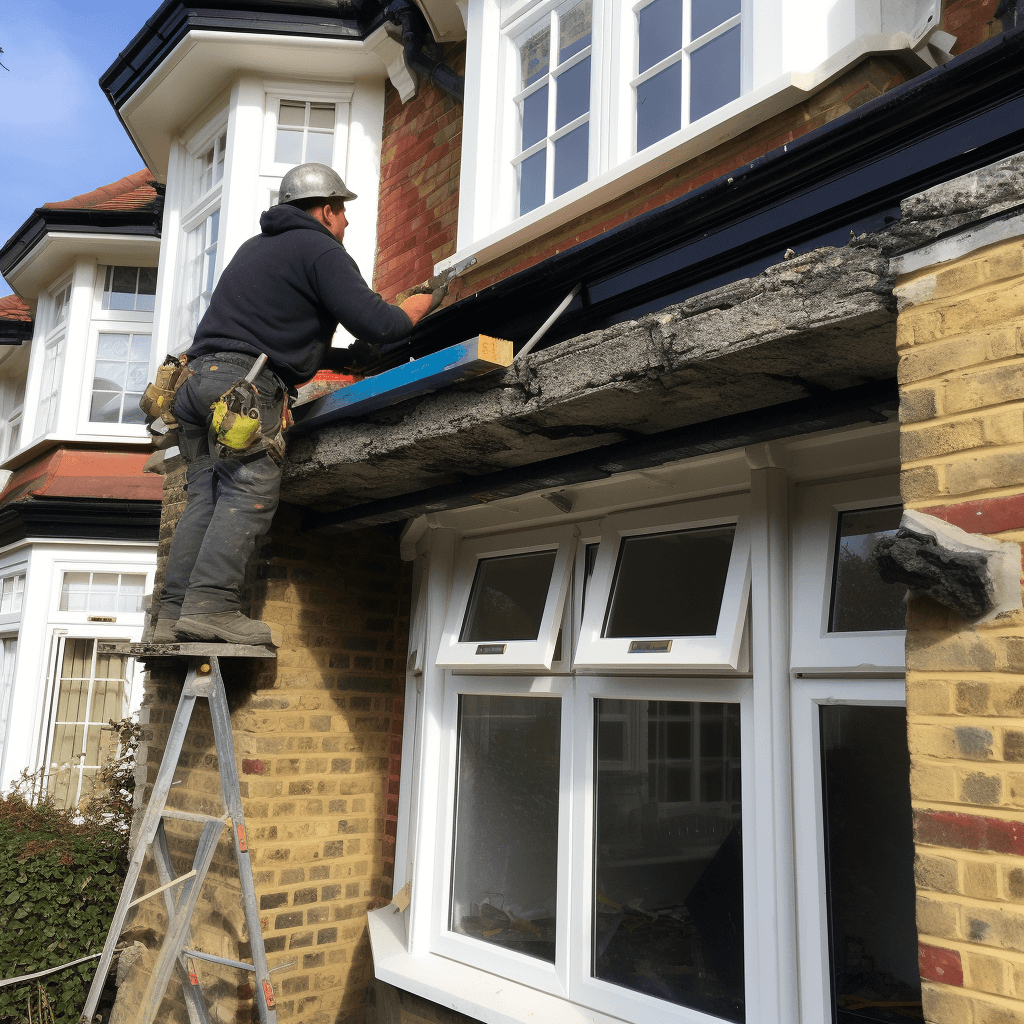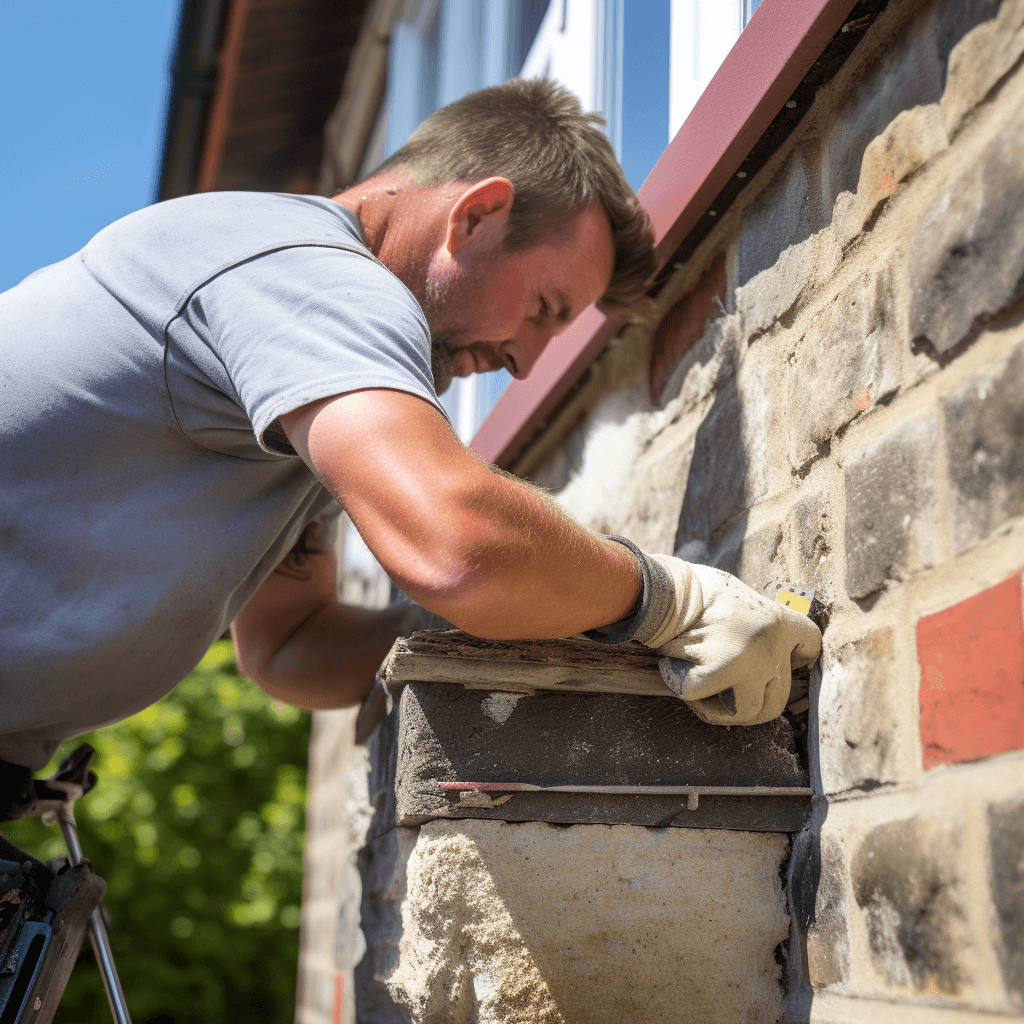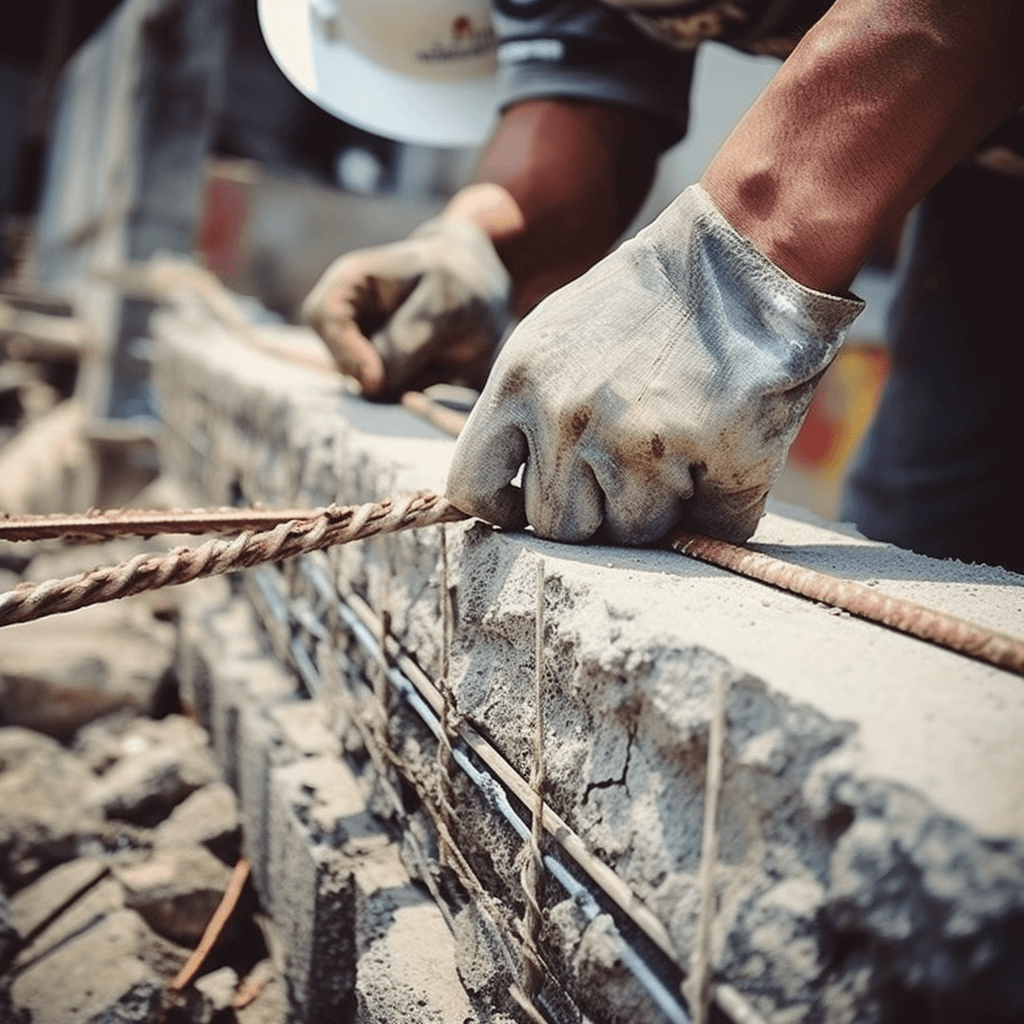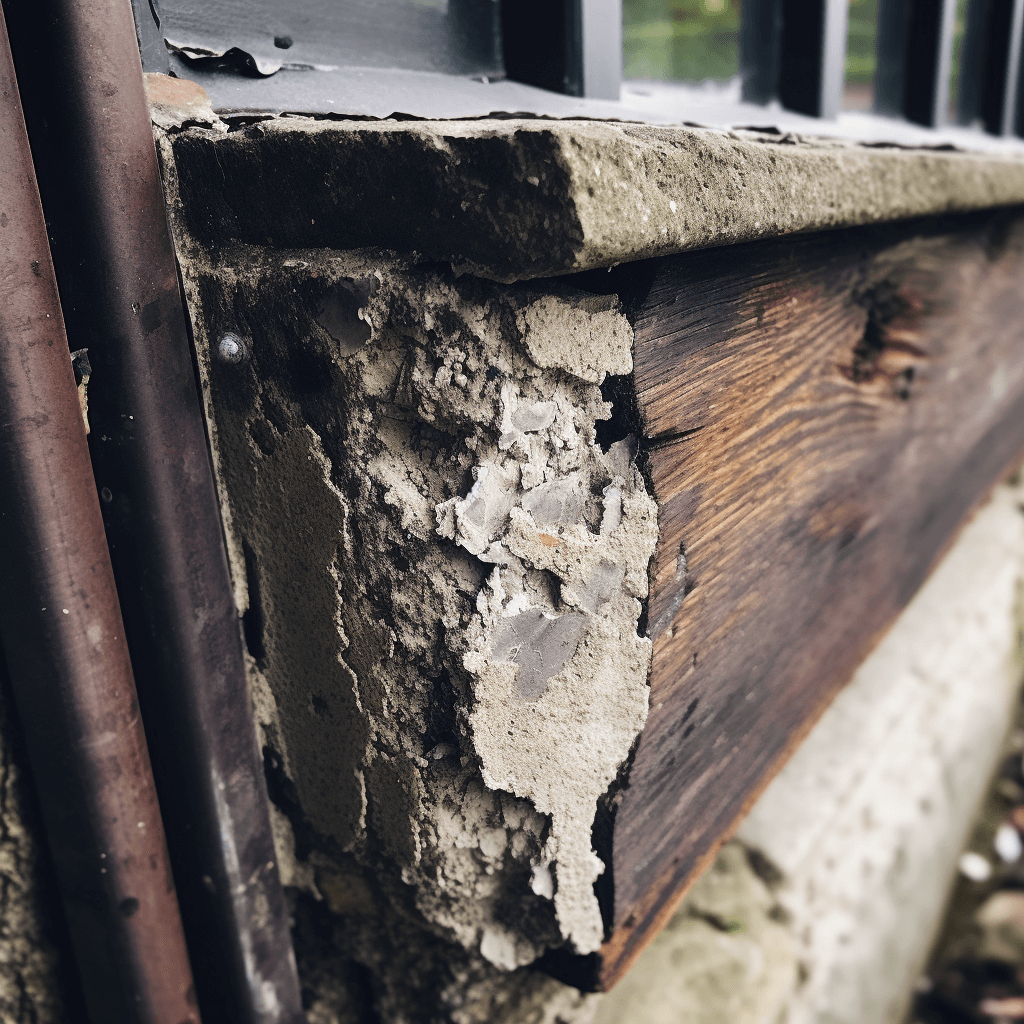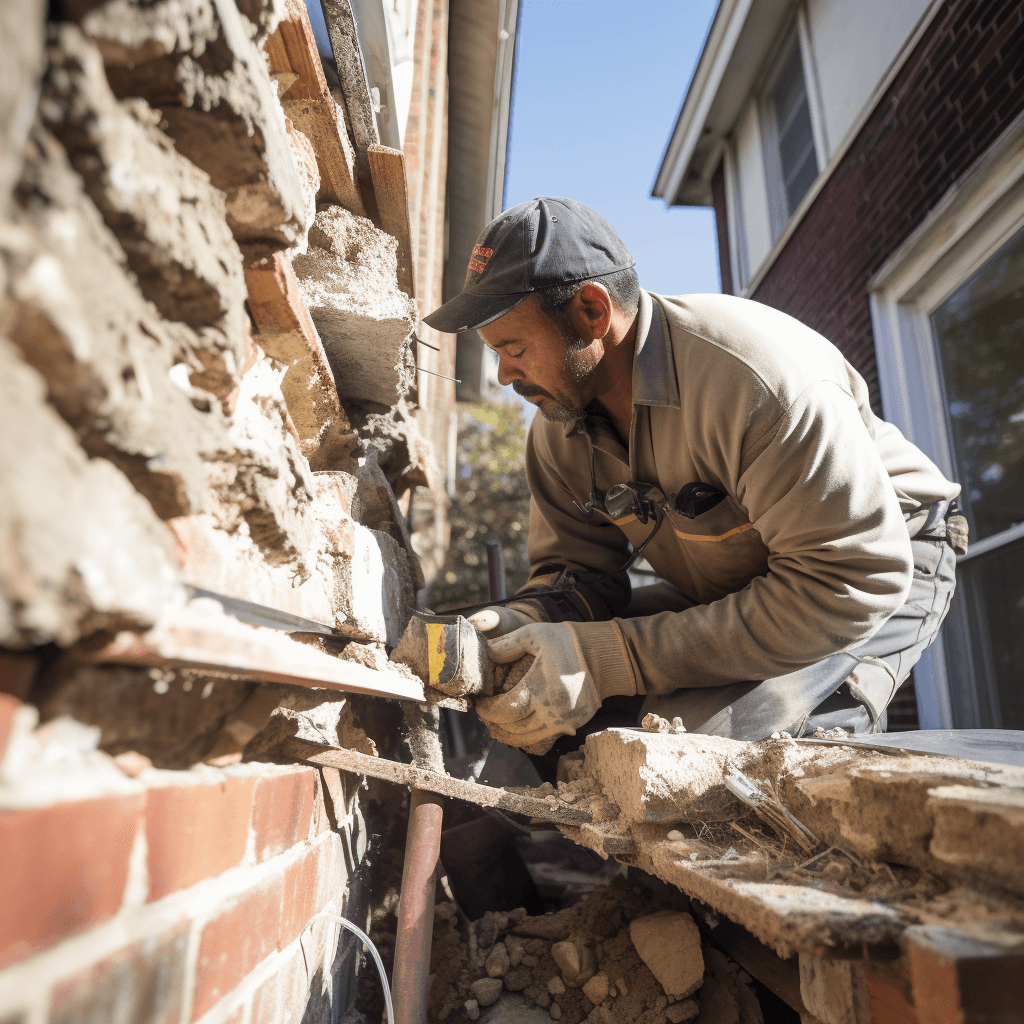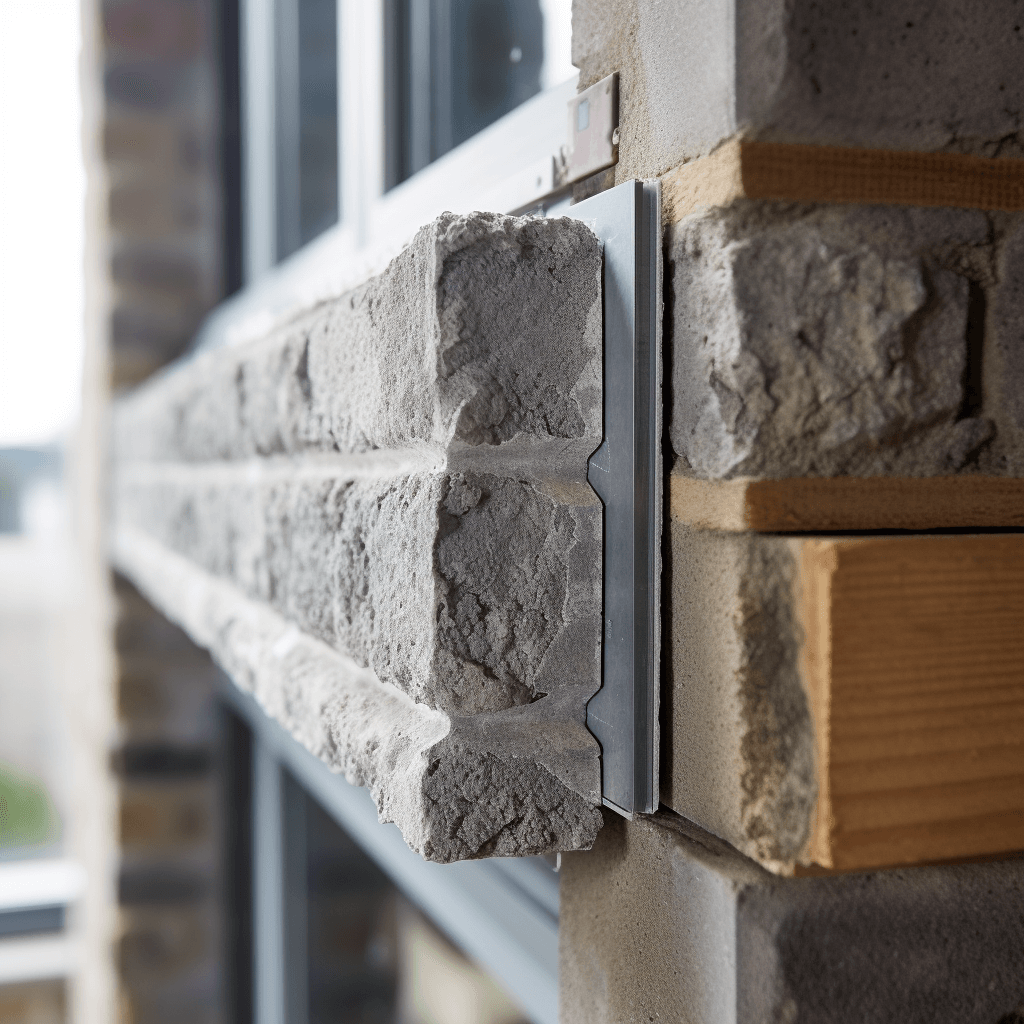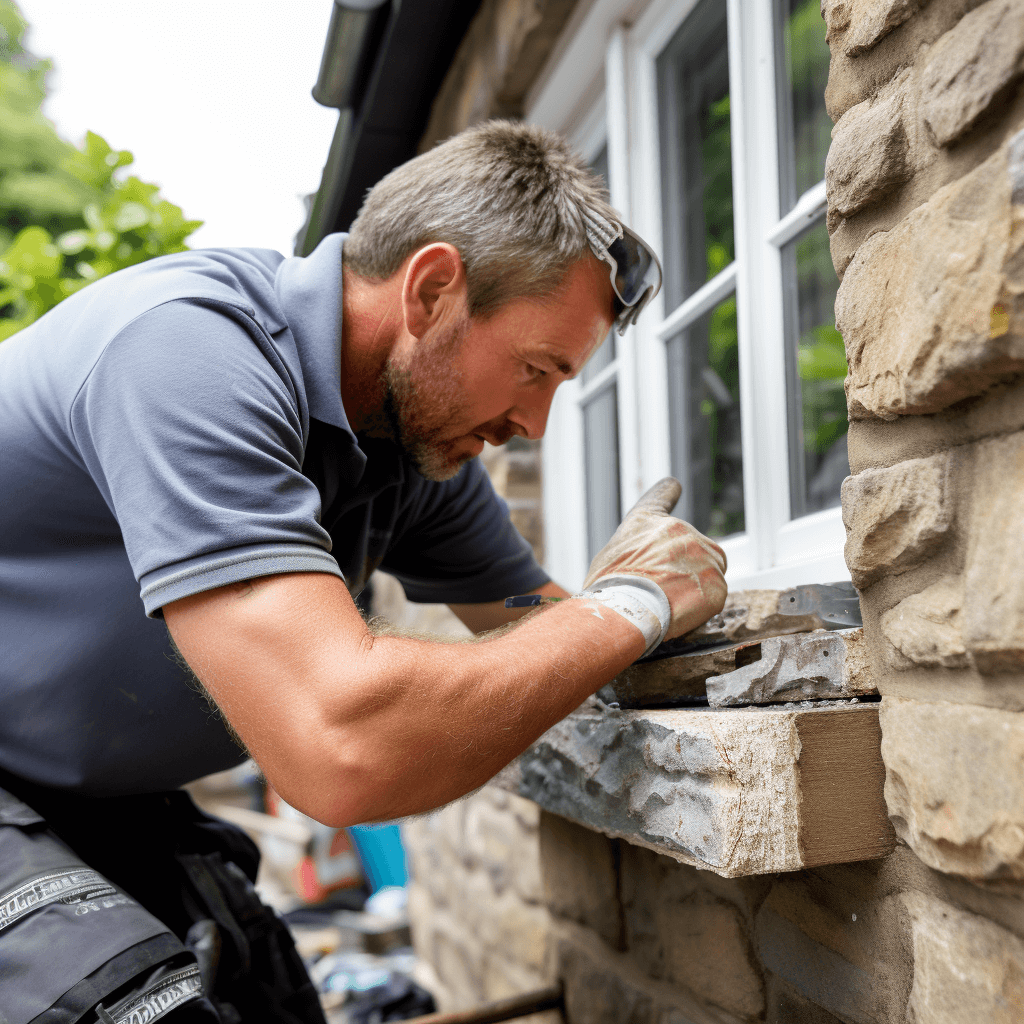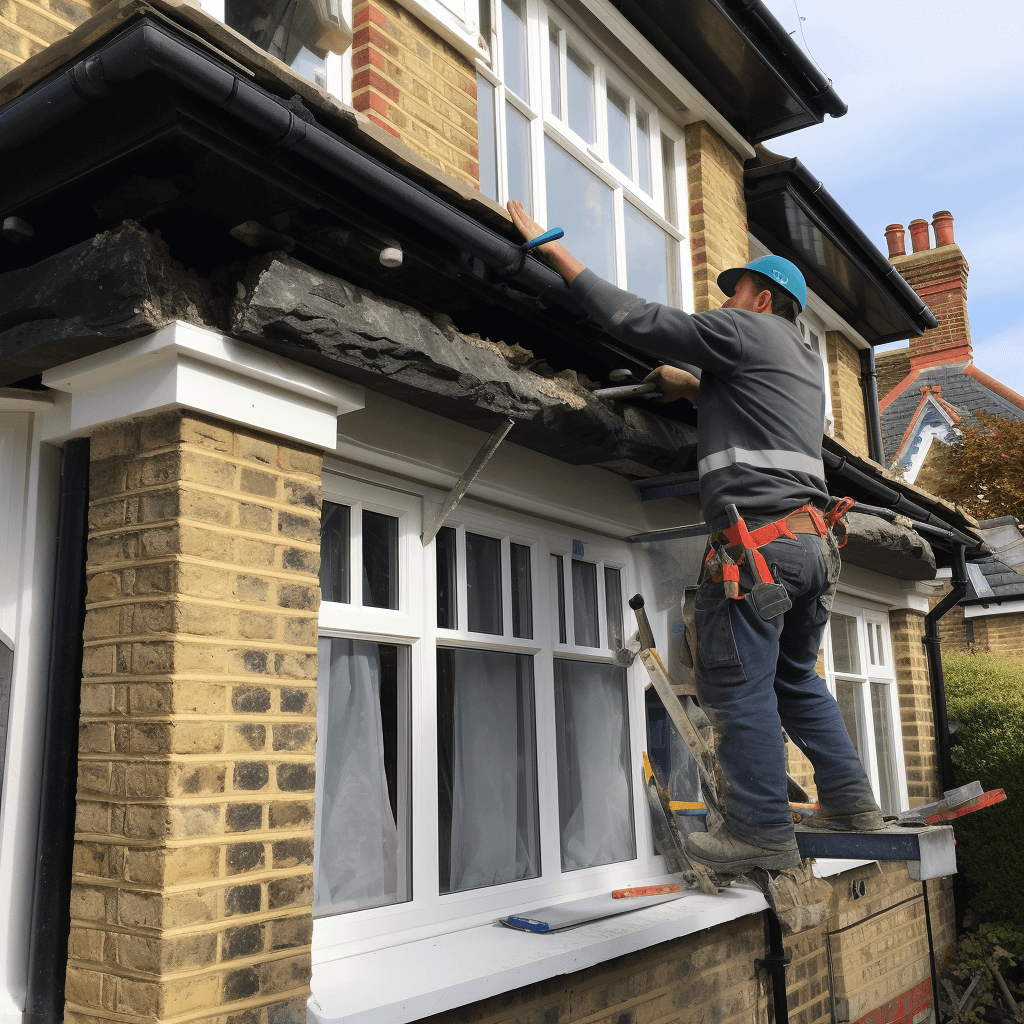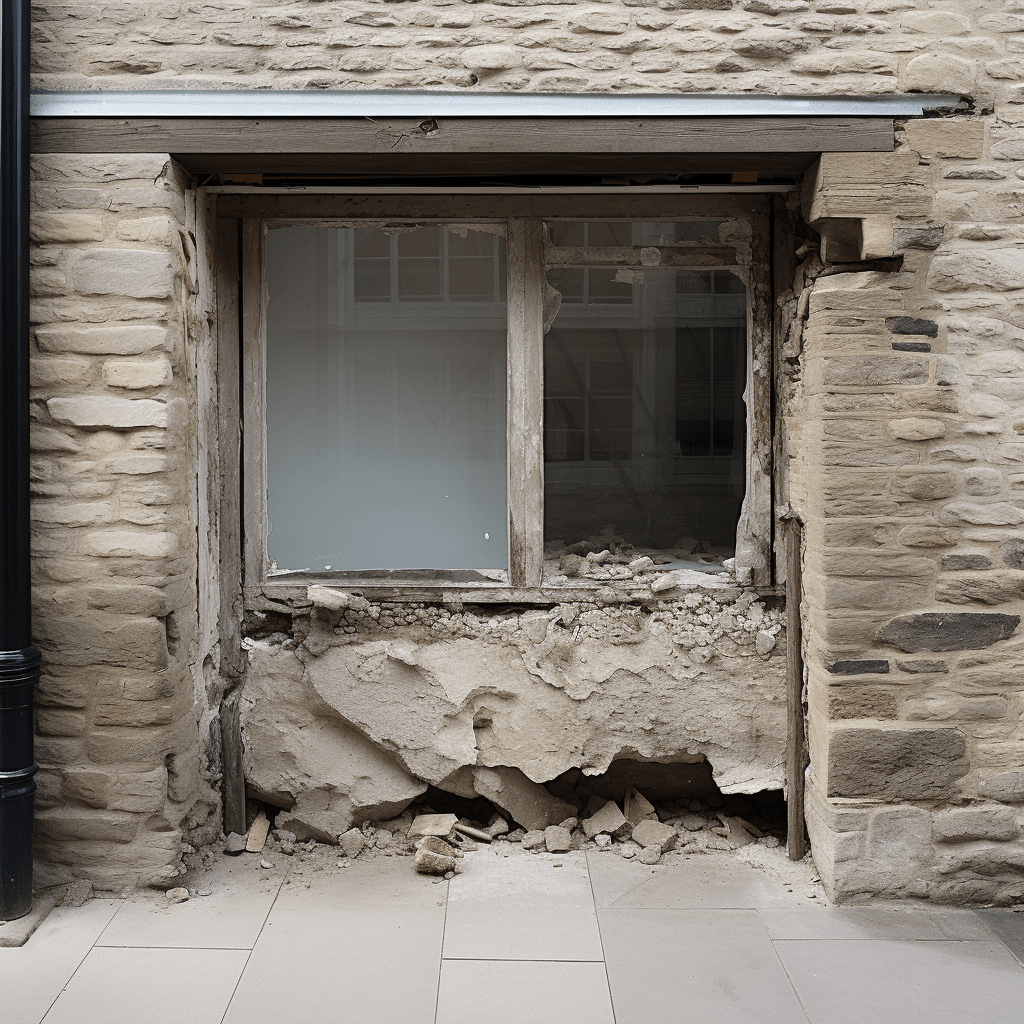Understanding the Importance of Cracked Sill, Threshold or Lintel in Masonry Structures: Causes, Implications, and Remedies
As a homeowner or a building owner, you may have noticed cracks on the sills, thresholds or lintels of your masonry structure. These cracks can be alarming, and if left unaddressed, they can lead to serious structural issues. In this section, we will explore the causes of cracked sills or lintels in masonry structures, the implications of these cracks, and the remedies available to address them.
Causes of Cracked Sill, Threshold or Lintel in Masonry Structures
Masonry structures are built to be strong and durable, but they are not immune to damage over time. Cracks on sills or lintels can be caused by several factors, including :
- Structural Movement : Over time, the foundation of a building may settle, causing the structure to shift slightly. This movement can cause stress on the sills or lintels, leading to cracks.
- Thermal Movement : Changes in temperature can cause materials to expand or contract, and this can cause stress on the sills or lintels, leading to cracks.
- Water Damage : Water can seep into the masonry structure, causing damage to the materials and weakening the structure over time. This can lead to cracks on the sills or lintels.
- Poor Installation : Improper installation of sills or lintels during construction can lead to cracks over time.
Implications of Cracked Sill, Threshold or Lintel in Masonry Structures
Cracked sills or lintels may seem like minor issues, but they can have serious implications on the overall structure of a building. Some of the implications of cracked sills or lintels include :
- Reduced Structural Integrity : Cracks can weaken the structure of the building, making it more susceptible to collapse in extreme cases.
- Water Damage : Cracks can allow water to seep into the structure, causing further damage and potentially leading to mold growth.
- Pest Infestation : Cracks can provide an entry point for pests, such as termites or ants, which can cause further damage to the structure.
- Aesthetics : Cracks on sills or lintels can be unsightly and can reduce the value of the property.
Remedies for Cracked Sill, Threshold or Lintel in Masonry Structures
Fortunately, there are several remedies available to address cracked sills or lintels in masonry structures. Some of these remedies include :
- Repointing : This involves removing damaged mortar and replacing it with fresh mortar. This can help to strengthen the structure and prevent further damage.
- Reinforcement : In some cases, reinforcement, such as steel plates or rods, may be added to strengthen the sills or lintels.
- Replacement : In severe cases, it may be necessary to completely replace the damaged sill or lintel with a new one.
- Waterproofing : Applying a waterproofing sealant to the masonry structure can prevent further water damage and help to strengthen the structure.
How to Prevent Cracks in Masonry Sills, Thresholds, or Lintels
Although cracks in sills or lintels cannot always be avoided, there are a few measures you can take to minimize their risk:
- Regular maintenance : Regular maintenance of your masonry structure can help prevent damage caused by water and identify structural problems before they become significant.
- Professional installation : Make sure sills and lintels are installed correctly during construction to avoid future problems.
- Adequate drainage : Adequate drainage of the structure can help avoid damage caused by water.
- Thermal insulation : Adequate thermal insulation can help minimize thermal stress on the structure.
Conclusion
Cracks on sills or lintels in masonry structures may seem like minor issues, but they can have serious implications on the overall structure of a building. Understanding the causes of these cracks, their implications, and the available remedies can help homeowners and building owners to address these issues before they escalate into more serious problems. It is essential to seek professional advice from a qualified masonry contractor who can accurately diagnose the cause of the cracks and recommend the most appropriate remedy for the specific situation.

